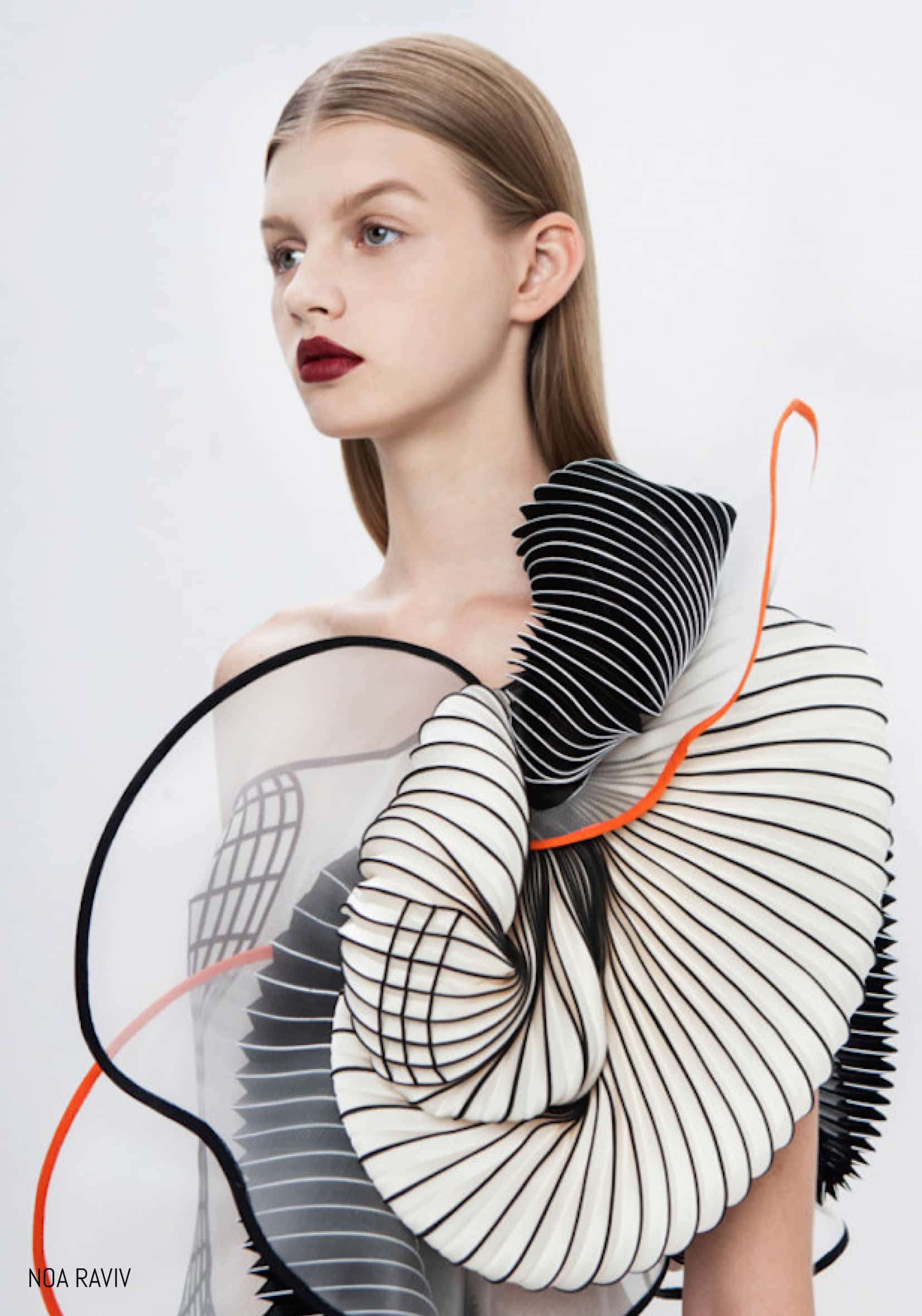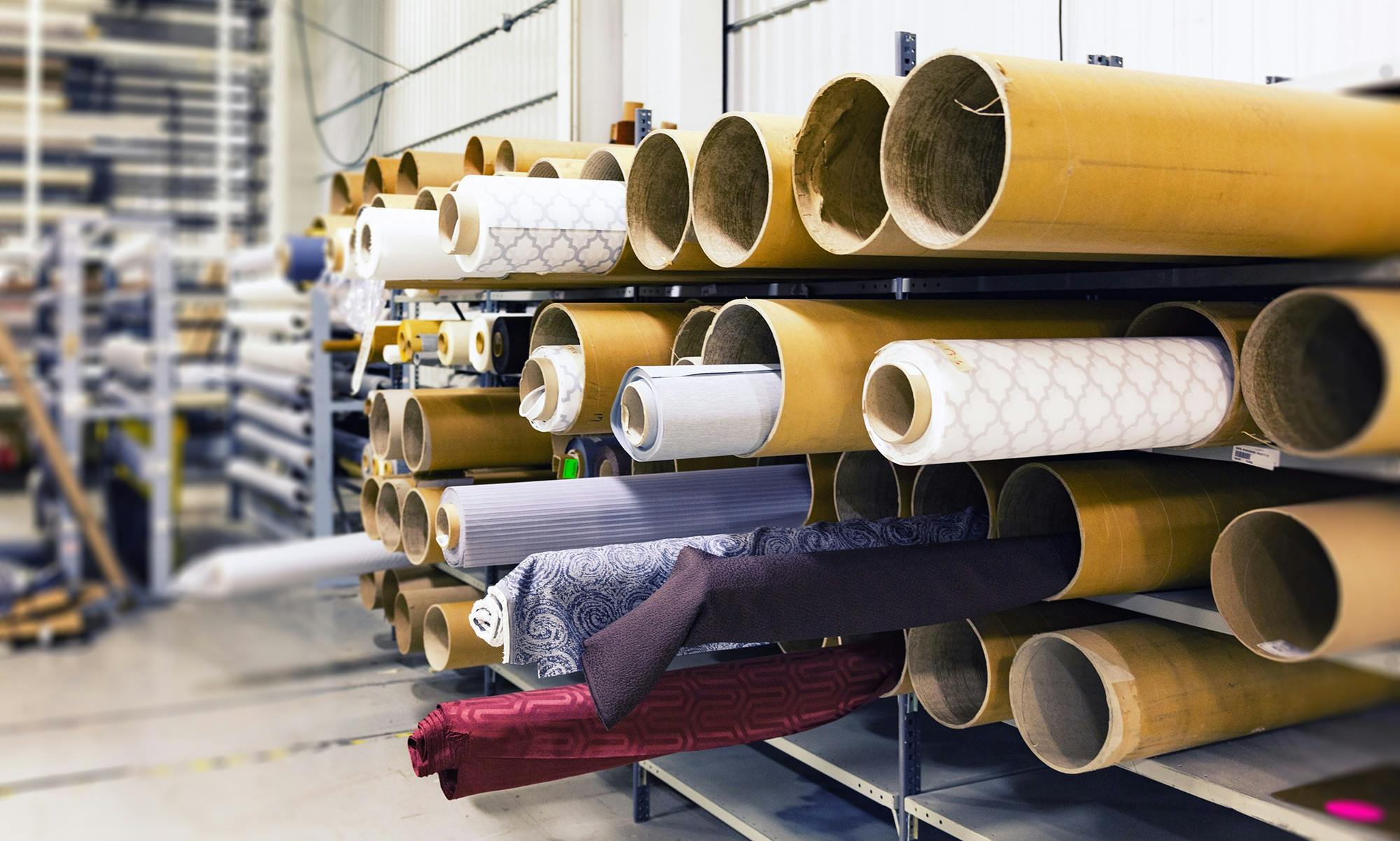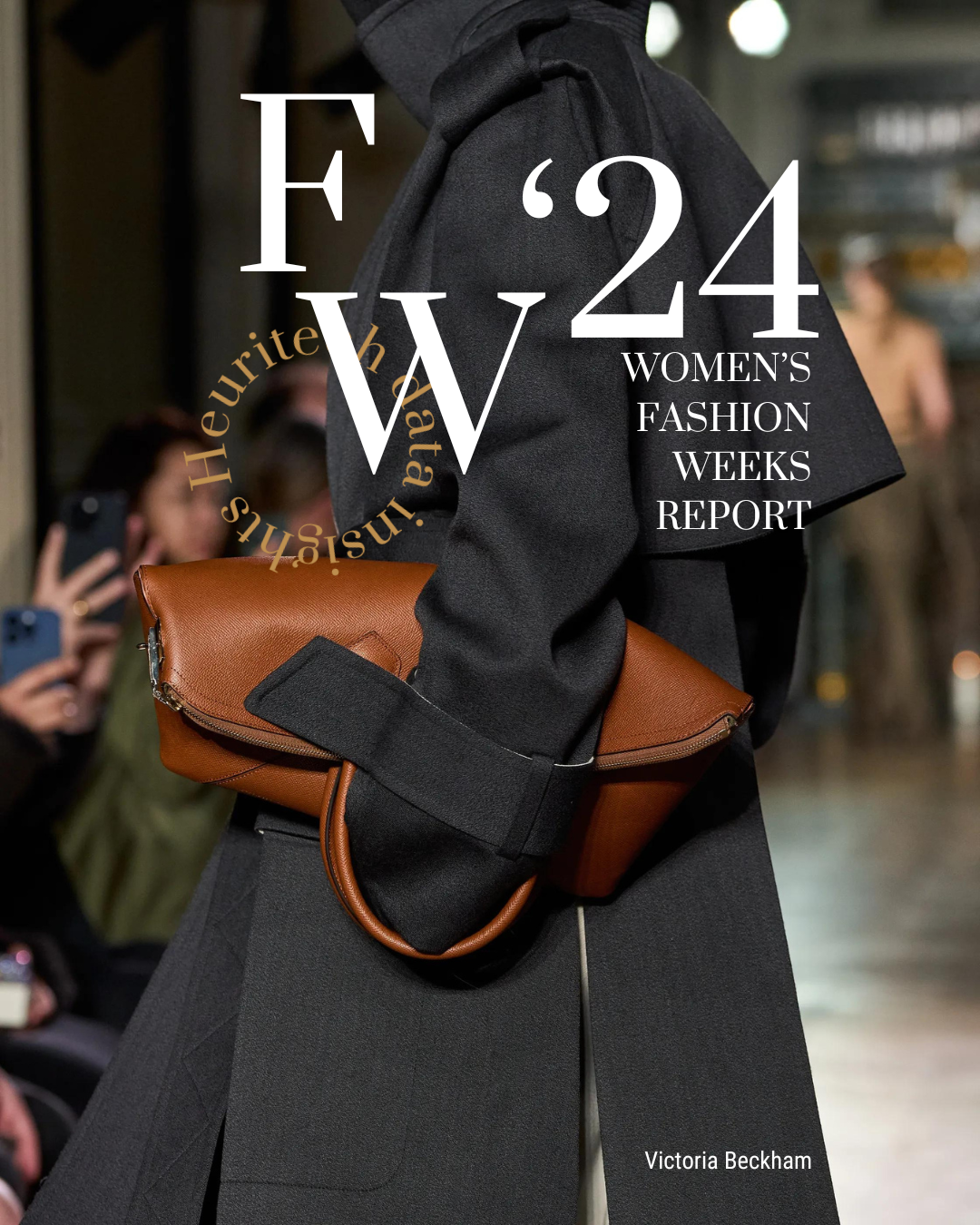Last year in 2020, fashion experienced an unprecedented, multilateral transformation. Many CEOs of brands and retailers caught on to the necessity of adapting to the pandemic which rapidly fogged up the future of fashion as we knew it. The chief method of adaptation proved to be digital transformation. Colin Marks from DeSL describes digital transformation as “the use of digital technology in order to change the way a company operates, to drive growth and efficiency in new or existing markets and add more value to customers.”
The benefits of digital transformation for fashion brands are multilayered: first, to give a sharper edge to essential know-how in collection creation. Second, to better adapt to the fluctuations of the market and industry. Finally, to improve communication between different fields as well as different teams who think and work in differing ways. When it comes to collection planning, a digital integration can truly transform the process from top to bottom, all while maintaining its creative essence. Are these objectives attainable for brand leaders who wish to produce more accurate, more efficiently-planned collections?
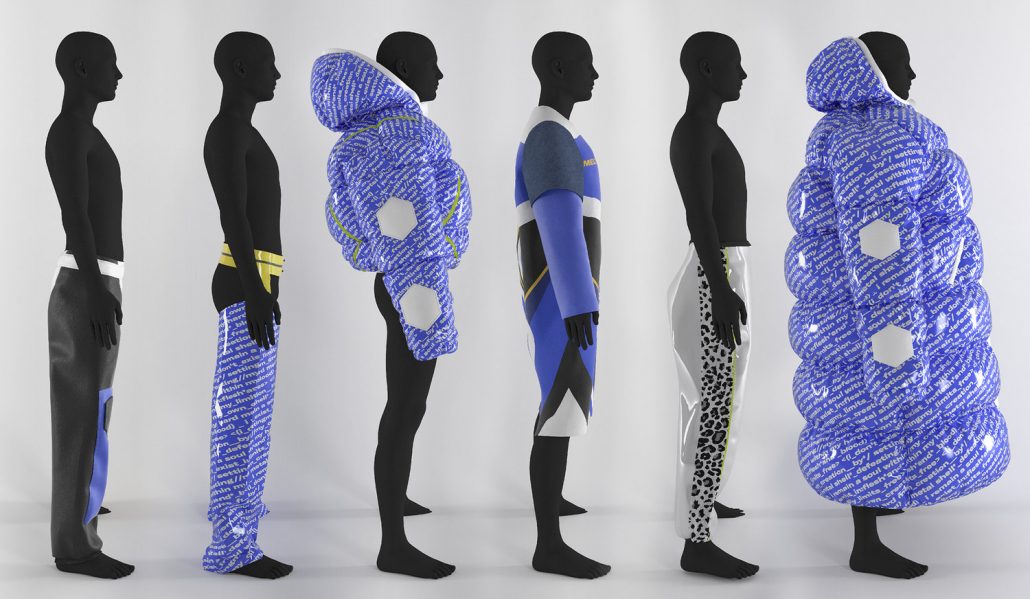
Trend forecasting: Helping digital transformation in the fashion companies
To begin from a macro-perspective, companies implicated in the fashion industry who are tech-driven and those who are not don’t always cross paths very easily. An example could be the collaboration between Shopify, a company who provides e-commerce solutions to fashion retailers, and any number of its clients including Victoria Beckham and Lazy Oaf. In a similar way, trend forecasting can form the missing bridge between tech-minded players and creative-minded players.
Trend forecasting is indeed a good way to implement this bridge, as it ensures the digital transformation of a company driven by data and AI without hindering the creative process.
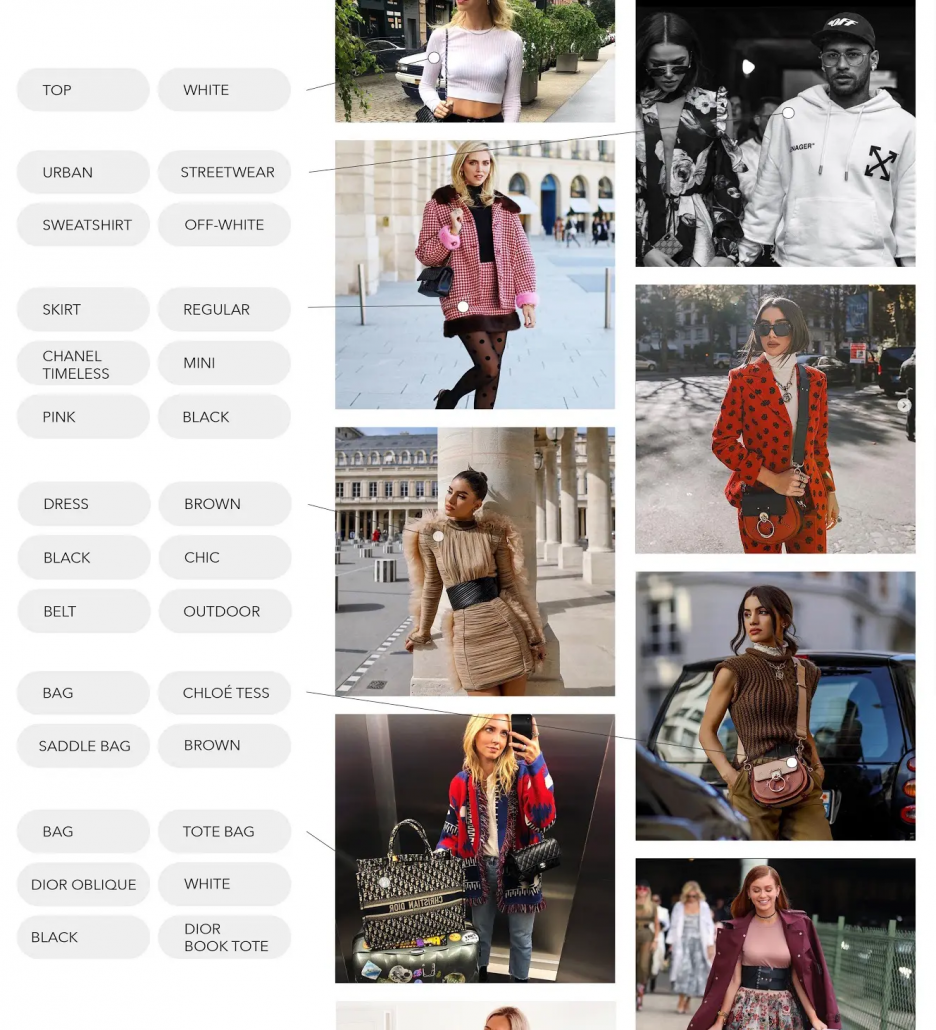
By using AI technology to scan social media images for predictive data on fashion trends, this can be a one of the pillars of a brand’s digital transformation strategy. For instance, Brazilian brand Havaianas integrates trend forecasting into collection planning as a way to reframe the process as well as teams’ mentalities. In the same way, Lojas Renner uses this technology to bridge the gap between its data and creative teams, and C&A involves data into the creative process to create a common thread between its teams.
Havaianas, Lojas Renner, and C&A are just a few examples, but the list is long. To plan a collection, teams must be able to collaborate seamlessly with the same data applied to different roles. It is known that creative and business teams don’t always speak the same work “language,” and it’s imperative that this channel is opened: without rational predictive arguments to back one’s decisions, creative and business teams lack a clear communication channel with each other. Trend forecasting clears this path. Digital transformation is a journey, and mastering the digital tools at hand is part of the success of fashion brands
Trend forecasting technology, tailored to each team
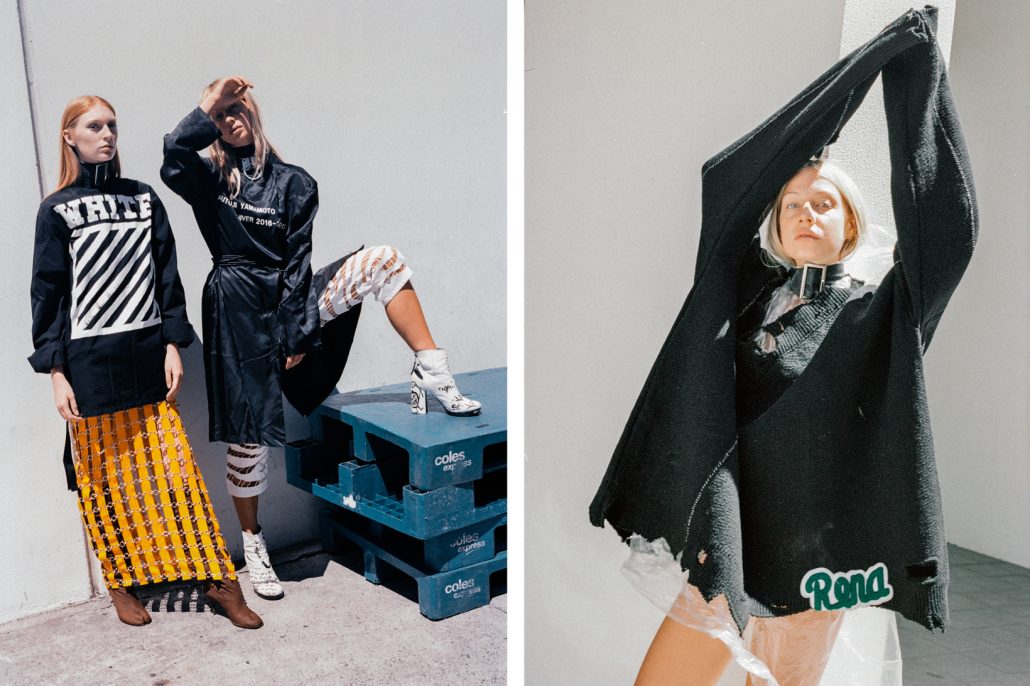
Trend forecasting technology is truly designed for all fields: from creative, to technical, to finance, to sales. Trend forecasting data can be presented under different angles to fit different needs, and it’s important that all teams be properly briefed in order to use such insights to its fullest capacity. The three teams who can most benefit from this digital transformation of the collection planning process are:
- Merchandisers and planning teams
- Designers
- Communication teams

First, merchandisers and planning teams can plan ahead by selecting all relevant trends to include in their next collection briefings in order to provide designers with the right guidelines for future best-sellers and to avoid missed opportunities. This planning process, when aided by predictive analytics, also allows teams to respond to consumer demand more accurately by creating collections with desirable trends in the right assortment type and quantity. This objective is shared: according to a 2021 survey from Business of Fashion and McKinsey & Co, 60% of fashion executives want to improve analytics for consumer insights to avoid overstock. So between executives and merchandisers, these profiles can optimize product assortment and adjust drops with data on market demand evolution, all while maintaining an alignment with designers.
Next, designers can better prepare collection meetings through key qualitative and quantitative insights about the relevance of trends, facilitating communication with analytical-minded teams on their trend intuitions and product choices. Moreover, designers can visually explore Heuritech’s platform to spot inspiring details and ideas for their moodboards.
Finally, communication teams can anticipate the biggest trends to come and become more reactive to market demand for online communication and visual merchandising. They can also identify which key trends in each collection to highlight to better reach the brand’s audience.
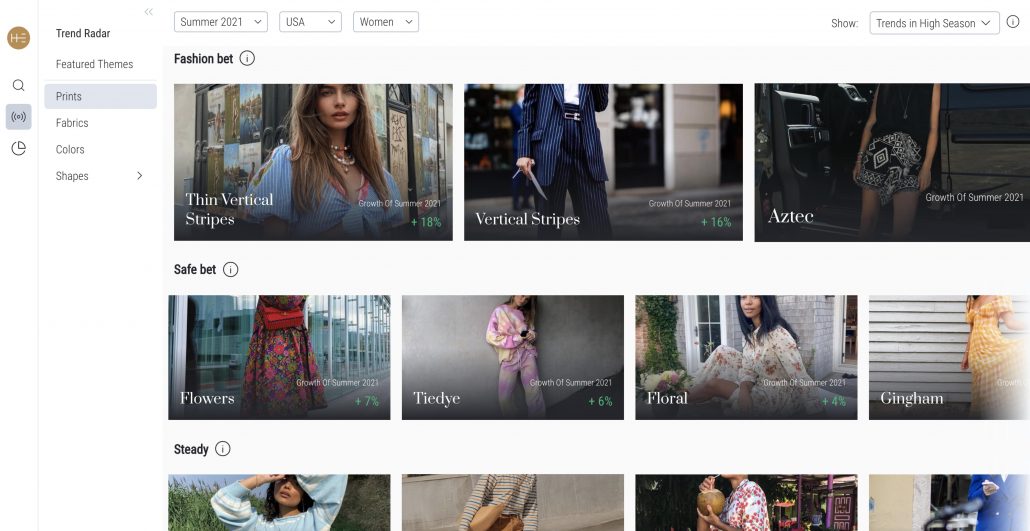
2021: The year of full digital transformation
Those involved in the collection-planning process know the macro-hiccups involved in this process, which is where a predictive analytics solution can fill the gaps. With trend forecasting, teams can foster rationality in every decision-making process, collaborate more seamlessly, and accelerate the digital transformation of their company.
In sum, the benefits of AI-powered trend forecasting for inter-team collaboration are many:
- Ensure the digital transformation of the company driven by data and AI
- Backing intuition with data to make more efficient decisions
- Encouraging risk-taking thanks to data when planning collection assortments
- Improving team productivity in collection briefing and collection planning
- Creating synergies between creative and business teams
- Saving back-and-forth time about product and trend choices
